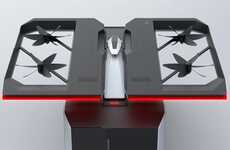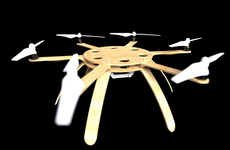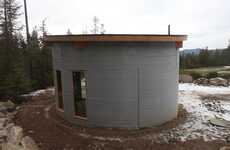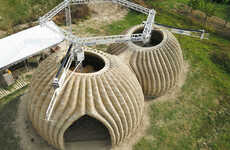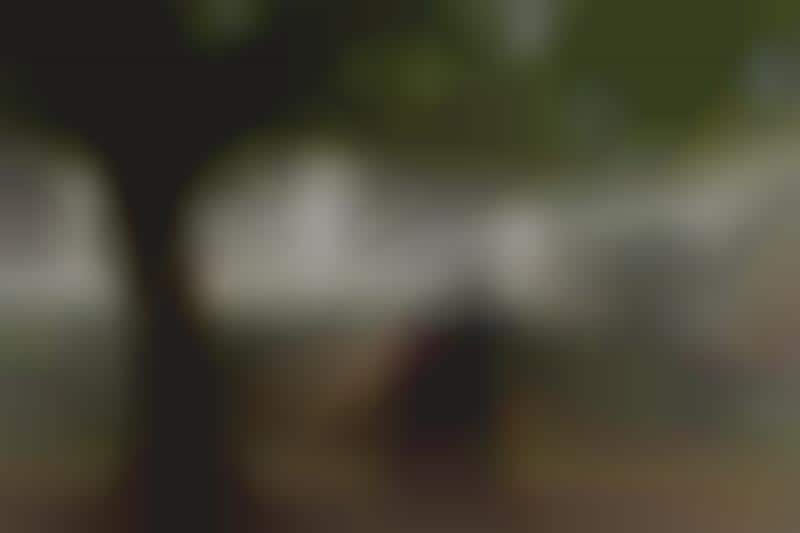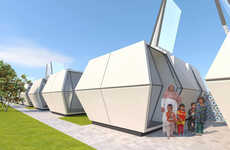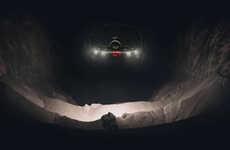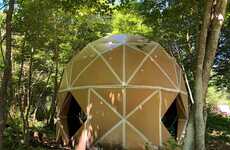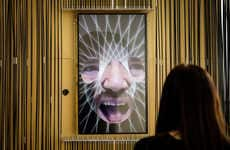
Stephanie Chaltiel Uses Drones to Build in Disaster Zones
Kalin Ned — October 3, 2018 — Art & Design
French architect Stephanie Chaltiel and her team demonstrate an efficient construction method that includes the usage of drones. During the 2018 London Design Festival, the professional displayed possible technological implications within the narrative of refugee camps and disaster zones through 'Mud Shell.'
The project presents a rapidly efficient construction method that will prove extremely useful for time-sensitive situations and hard-to-reach sites. In the span of four days, Stephanie Chaltiel showcased how drones can be used to create functional temporary abodes. 'Mud Shell' is a dome-like shelter that is comprised out of wooden lattice and hay bags. The architects used a drone to create a membrane that brings the structure together. The demonstration showed a drone spraying the framework of the structure with clay and fiber.
Photo Credits: Rosie Marks
The project presents a rapidly efficient construction method that will prove extremely useful for time-sensitive situations and hard-to-reach sites. In the span of four days, Stephanie Chaltiel showcased how drones can be used to create functional temporary abodes. 'Mud Shell' is a dome-like shelter that is comprised out of wooden lattice and hay bags. The architects used a drone to create a membrane that brings the structure together. The demonstration showed a drone spraying the framework of the structure with clay and fiber.
Photo Credits: Rosie Marks
Trend Themes
1. Drone-led Construction - Drone-led construction methods are showing potential for efficient infrastructure building in disaster zones or hard-to-reach sites.
2. Rapid Prototyping - The development of rapid construction methods like Mud Shell using drones is enabling faster prototyping and implementation of more accessible housing solutions.
3. Smart City Infrastructure - The integration of drones and other available technologies can help accelerate infrastructure development in smart cities, easing urban migration and improving disaster management.
Industry Implications
1. Construction - The construction industry can leverage drone technology and other cutting-edge building techniques to create affordable, eco-friendly housing solutions and improve disaster response times.
2. Emergency Management - Disaster response teams can benefit from the use of drone-led construction as it offers faster, efficient, and more sustainable methods of building temporary shelters and relief centers.
3. Smart Cities - The integration of drone-led construction in smart city development can change the way developers approach housing crisis and reduce urban migration by providing efficient and affordable housing solutions.
4.1
Score
Popularity
Activity
Freshness

